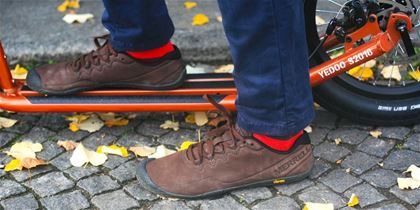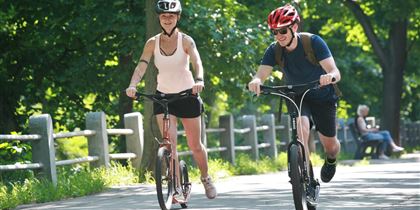Principles and tips for safe scooter riding
| Vendula KosíkováThere are more and more scooter riders every year, but not everyone realizes that riding a scooter has its specifics. So, what should you know before you set off on your first scooter adventure?
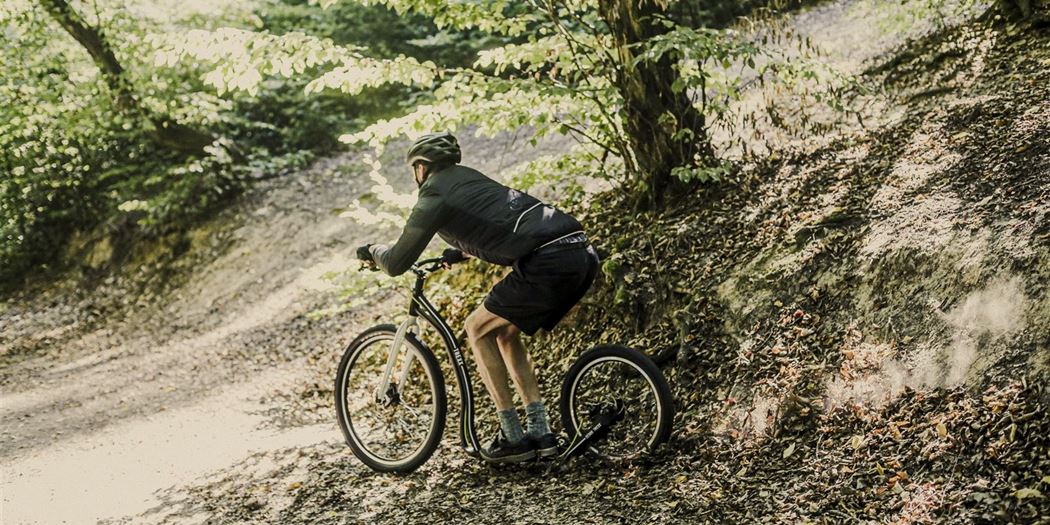
A scooter is not a bicycle
Principles of safe riding:
- Wear a helmet even on short rides
- For longer rides, pack cycling gloves to protect your hands in the event of a fall and sports glasses to keep insects out of your eyes
- For cross and downhill, you should also equip yourself with knee and elbow pads and, if necessary, a spine protector.
- Before riding, make sure, like a well-known character from a film, that the indicators are indeed indicating. The lights come on, i.e. check the technical condition of the scooter, especially the functionality of the brakes, the tightening of the bolt connections and self-locking nuts, the spokes of the wheels, the condition of the tires and their inflation.
It is important to note that a scooter behaves completely differently from a bicycle when riding, due to its different construction. You can maintain your balance on the bike using three points – handlebars, saddle, and pedals. On a scooter, one point (the saddle) falls off, and when you let go of the handlebars even with just one hand, you can hardly keep your balance.
So, watch out for that! If you want to straighten your glasses, fix your hair, or even scratch your head while riding, stop first.
Watch out for the “restless” rear wheel
The moment the initial caution wears off and the rider thinks he is in control, the scooter can take him by surprise.
This happens mostly when riding downhill, when the braver ones try to increase speed and reduce air resistance by curling up and leaning over the handlebar. However, they do not slow down enough before a turn and do not transfer weight to the rear wheel, which tends to jump aside when unloaded. At higher speeds, they will not manage the situation either fall down with the scooter or fly out of the road.
So, what is the best way to weigh down the rear of the scooter? Before descending, move your feet as far back on the footboard as possible, in a turn shift most of your weight (about two-thirds) backwards by sticking your butt out. Remember to slow down before entering a turn, but brake carefully and sensibly – more with the front brake and only lightly with the rear brake to prevent the rear wheel from skidding.
On Yedoo Alloy scooters that have a footboard with bevelled sides (the bevel allows you to take corners with more lean and speed), this manoeuvre is particularly important.
See how to weigh down the rear wheel when driving
Stay alert when turning
Jakub Bostl, the chief designer of Yedoo, who has years of experience with adrenaline riding, recommends having one foot on the footboard in a turn and the other ready to balance: “When I turn to the left, I have my right foot on the footboard and my left foot ready for action. When turning right, of course, it’s the other way around. But balance wisely and with sensitivity.”
Learn to read the terrain
The tyres of road scooters, like those of bicycles, are different from those of off-road scooters. However, the scooters also have a different ride height. If you take your road scooter on a dirt or forest road, be careful of uneven terrain. The wheel will go over bumps, but the footboard won’t, and an abrupt brake can throw you off balance before you know it.
However, if you learn to read the terrain well and anticipate problematic situations, you can ride a road scooter on dirt roads without much trouble.
PS: Don’t worry about the scooter footrest, it is prepared for scratches.
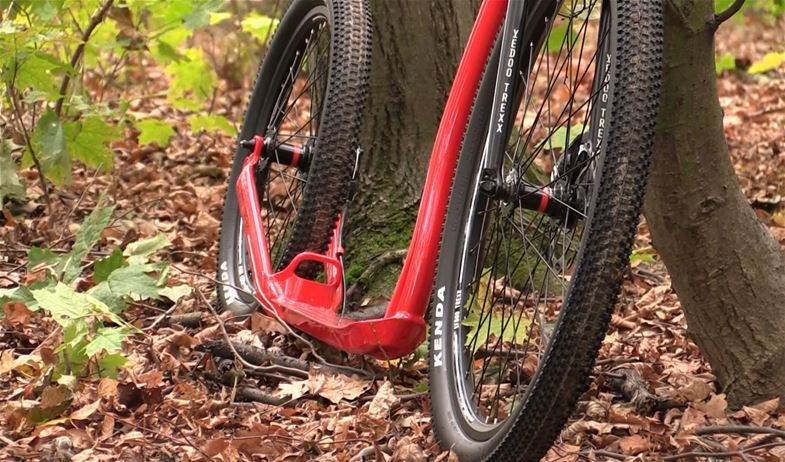
How to adjust the height of the footboard
If you ride off-road more often, you can increase the ground clearance not only with off-road tyres, but also by moving the rear wheel to the lower drop-out position of the rear fork. You can find out how to do it here.
The lower grip increases ground clearance, i.e. the gap between the ground and the chassis, so you can easily negotiate roots, potholes, ruts in the mud, etc., but beware – you’ll also squat more and get tired sooner.
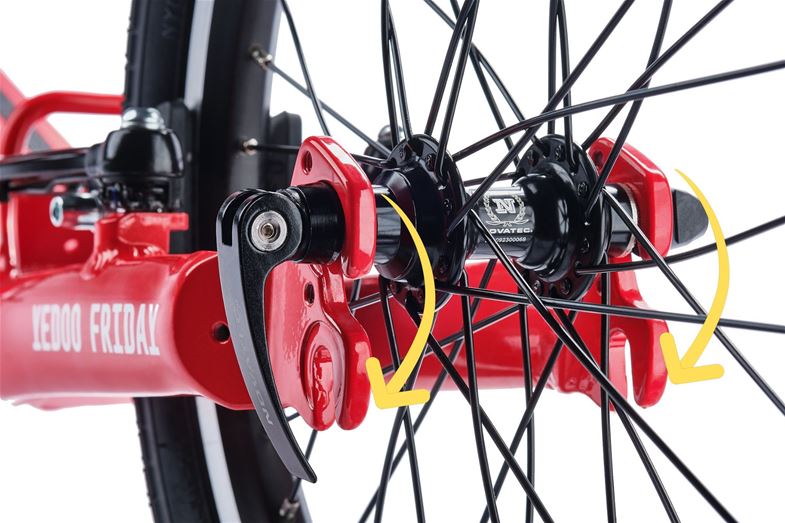
Customized scooter setup
Adjusting the position of the mirrors, seat and steering wheel before driving a car is a matter of course for us. We should approach the scooter in the same way. We should think mainly about handlebar height and space for the rider. It can be adjusted with a longer or shorter stem. The best way to do this is to have your scooter customized in a specialized service center or directly at our Yedoo Garage Praha. Correct settings will increase not only your comfort but also your safety.
Perfect your riding technique
Riding a scooter engages the entire body – from the feet to the lower legs, torso, arms, shoulders and head. It is important to engage the internal stabilization system and abdominal muscles in the pushing leg swing, and avoid too much flexion in the hips.
The correct riding technique is discussed in detail in an article we prepared with the world scootering champion Michal Kulka: Scootering technique.



